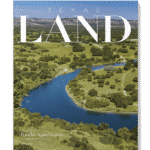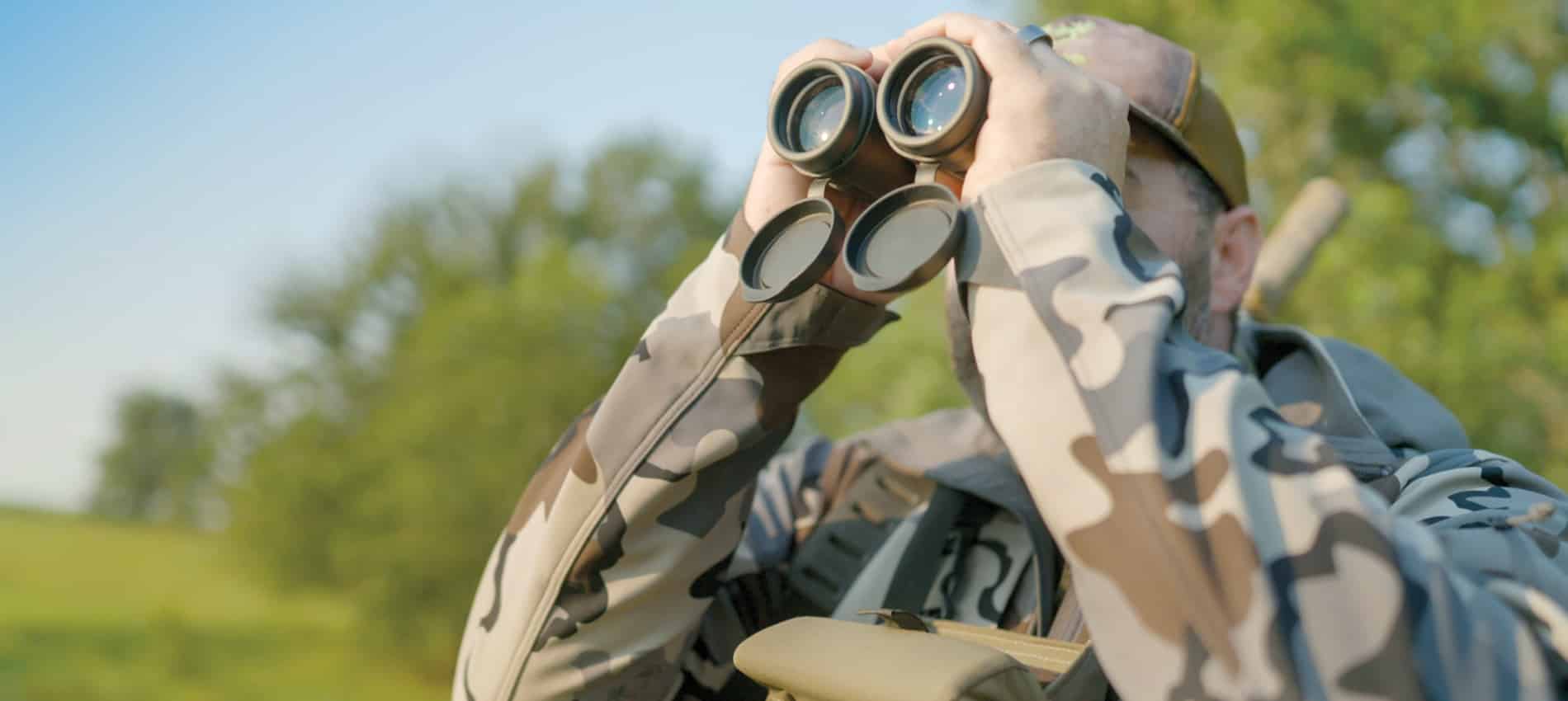
This article is featured in the Spring 2022 issue of Texas LAND magazine. Click here to find out more.
In the past two years, buyers have been flocking to Texas’ rural areas for a multitude of reasons, one of which is to enjoy life on the land and everything it has to offer.
Rural properties are a blank canvas that allow buyers to bring their own unique visions to life. Whether you’re looking for an investment, a weekend retreat, a home to put down deep roots, or anything in between—rural land gives you the flexibility and opportunity to sculpt your future.
The most desirable rural land has a variety of attributes, giving its owners maximum flexibility. It’s a “jack of all trades,” so to speak, and the same land in different hands can deliver a completely different end result.
That is the beauty of undeveloped land. Since many buyers in the market are seeking only one property, finding a place that can do it all becomes even more important—and in recent years seemingly more difficult.
Hunting & Wildlife
Texas boasts a giant base of outdoors enthusiasts who enjoy nature in a variety of ways, ranging from hunting to bird watching and nature photography. Wildlife is a huge draw for most people, so habitat in whatever form is an important facet.
White-tailed deer number more than five million, providing income for ranches and funding for conservation. Other sought after species include bobwhite quail, wild turkeys, dove and waterfowl as well as a host of exotic animals that now call Texas home. Thoughtful management and stewardship, especially on private lands, has ensured the state’s game resources are abundant and thriving. High-quality wildlife and habitat correlates to a high value in land.
Seeking a property with ample food, water and cover is key. Depending on the size of your target property, neighboring landowners and their management can also have a tremendous impact on the wildlife on your land. Seek out areas that are historic strongholds of good stewardship. Some examples include established hunting clubs, large, intact ranches, and properties that participate in Texas Parks & Wildlife programs like MLDP or local wildlife co-ops.
Reviewing topographical maps, aerial maps and soil maps can help identify likely wildlife corridors, feeding and bedding areas. Talking to conservation agency personnel and local landowners can shed light on the best areas for the wildlife species you hope to enjoy. As you review properties, check to see if the current landowner hunts the property or has game camera pictures that can help with your decision-making process. Boots-on-the-ground confirmation of wildlife sign can be invaluable.
When it comes to property taxes, actively managing wildlife can qualify your property for a wildlife tax valuation, which can lower the overall tax bill. Since 1995, landowners have had the opportunity to earn this reduced valuation by developing and implementing an approved wildlife management plan year-round.
Livestock & Ag Production
Aldo Leopold, known as the father of wildlife management, named the cow as one of his five tools for successful habitat management. When management properly, cattle and other livestock can generate income, provide food, and reinvigorate the land through targeted grazing and rotating strategies. Depending on the topography and the climate, other livestock, such as sheep, goats and horses, may be better suited to the area or your needs. For folks not interested in managing large livestock, there are other options such as haying, beekeeping or maintaining orchards that deliver an agricultural lifestyle.
Depending on your desires, find land that is relatively open or can be strategically cleared. The most productive agricultural land combines fertile soil and flat or gently rolling topography. While there are many introduced species of grasses for grazing, diverse, native grasslands are beneficial to livestock can offer a great benefit to livestock, wildlife and pollinators alike. As an added benefit, lower property taxes through ag valuation can help save you money over time.
Fishing & Water
Whether for food, sport, or sustenance, water plays a huge role in a property’s use and value. When searching for a property, review topographical, soil and FEMA flood maps if they’re available, which help pinpoint water movement including where it collects and dissipates, and changes in in soil composition. Each piece of information can help identify existing wetlands that you might leave intact or the best location to build a pond. Digging core samples can help to determine if the soil is suitable for a pond. Tight soils such as clay lend themselves to water retention more than porous soils such as sand. In some rocky areas, pond liners may be needed. Talk to neighbors about how the area responded to the last drought and what happens in large rainfall events. These can give you great insight into your property’s potential during extreme circumstances. The professionals at USDA’s Natural Resources Conservation Service are also an outstanding source of information.
Texas is known for its great sport fishing with monster bass topping the list of freshwater prizes. With proper management and design, both large and small ponds are capable of producing exceptional fishing.
Look for properties with existing lakes and ponds, but don’t let the lack of impoundments deter you. With proper drainage, soil and weather conditions, building a new pond or lake may not be as daunting as it seems. Ask questions about current or future water impoundments. These could include:
What area or creek feeds this pond?
Are there springs?
Will I have undesirable fish species like carp, gar once it is stocked?
Is there enough runoff and rainfall?
Will this future pond adversely affect any existing attributes like trees, neighboring properties or wildlife movement?
When looking to manage a pond there are plenty of professionals that can help as well. Locate an experienced fisheries biologist or look to programs like the Texas A&M AgriLife Extension Service offices.
Surveying ponds using past fishing data or current fishing data is a great place to start. Professional electroshocking surveys give you the most up-to-date data on what fish may already be there and what steps can be taken to make improve the pond.
Sports & Recreation
Outdoor recreation, ranging from dirt bikes and ATVs to horseback riding and sport shooting, is another facet of the true multi-use property. While it’s easy to see the recreational potential of rugged terrain, trails and other adventure-enhancing attributes, don’t forget to determine what exactly is allowed on the property. Check the title commitment for deed restrictions, restrictive covenants, HOAs, and any other pertinent documents. Obviously, unrestricted properties offer the most options and are preferred by most people.
A Place to Call Home
Sitting on the back porch overlooking your property may be your dream. The ultimate do-it-all property has a great spot (or two) for your home and other improvements.
Whether you want to build a mansion, a tiny home, or something in between, be sure to identify suitable building sites as you search for properties. Pay special attention to flood plain maps.
Be sure to have builders, inspectors and utility company representatives look at a property before purchasing to make sure the property offers a viable building site and utilities are accessible. Again, review any restrictions that could limit home type, location, or size.
For those wanting to live even closer to the land, explore living off grid, collecting rainwater, solar panel energy and sustenance farming/gardening. There is no right or wrong way to enjoy country living.
The Help You Deserve
When seeking that one property be sure to locate a local real estate agent or broker who knows the area where you want to live. Their intimate knowledge can be your best guide. A qualified, knowledgeable broker can help you live your dream, whether that means trophy deer or superlative water fowl hunting, mile-long views for a future home or a winding trail to enjoy from horseback or ATV. Beauty is in the eye of the beholder. In Texas, we’ve got something for everyone. Whether you long for the towering timber of the Pineywoods to the majestic peaks of the TransPecos to the dense tangle of the Brush Country to the limestone bluffs of the Hill Country, the perfect, “jack of all trades” property is out there waiting for you.
